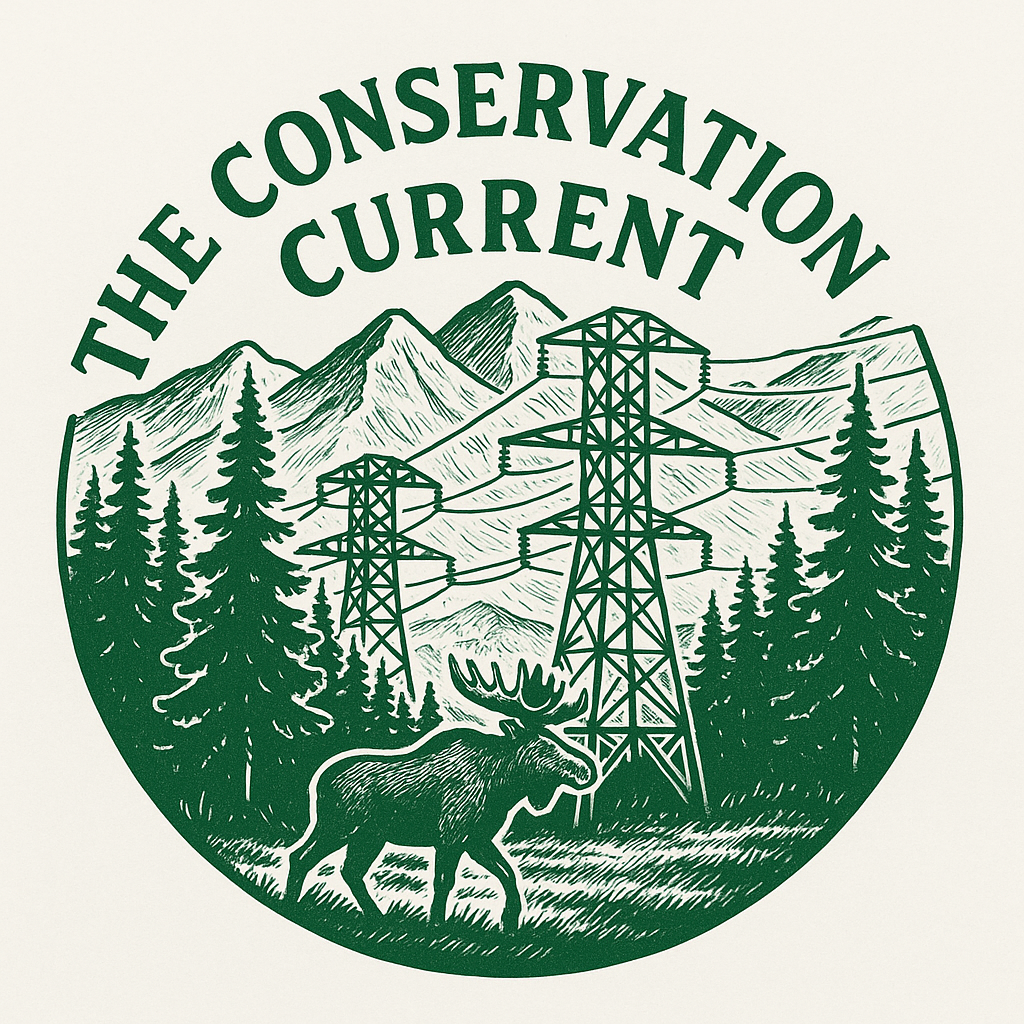Pulse of the Land - 11/19/2025
This Week’s Take
What I’m seeing: things are tilting fast. On one side, clean‐energy tools (storage, faster approvals, nuclear) are gaining traction and promising less sprawling land demands, but still require land and transmission. On the other side, policy at the federal level is shifting land governance and conservation safeguards in a way that may make more land available for energy or extraction. The intersection of these moves means: public lands may see more pressure, from both energy build-out and extraction, just as the tools to reduce land-footprint on energy are maturing. If energy infrastructure can truly shrink in footprint or shift to brownfields, conservation wins. But if policy opens new lands for development before those efficiencies take hold, wild landscapes could be the cost.
The State of Public Lands and Energy Relationship
November 12 — A Public-Lands Chief Who Wants Less Public Land?
Steve Pearce (nominee to run the Bureau of Land Management) has a track record of supporting the privatization of public land, weakening the Antiquities Act and prioritizing oil and gas drilling.
Why it matters: If the agency responsible for roughly 245 million acres of public lands shifts toward drilling and away from conservation oversight, the balance between energy development and landscape protection tilts. That means more lands may open to extraction or transmission, potentially increasing strain on wild-spaces and conservation goals.
November 18 — The Public Lands Rule on the Chopping Block
The administration announced plans to rescind the “public lands rule”. The rule elevates conservation and healthy ecosystems as valid uses on federal lands.
Why it matters: Revoking the rule would reduce the formal weight given to ecological health when deciding land use. Because the same lands are often targeted for energy infrastructure (renewables, transmission, mining), a weaker conservation mandate means more exposure of these lands to energy build-out or extraction, raising tension between wild-place integrity and utility growth.
November 15 — Half the Reserve Reopened: Drilling Expands in Alaska’s North
The National Petroleum Reserve‑Alaska (NPR-A) had a rule rescinded that limited drilling across roughly half of the reserve.
Why it matters: Opening previously constrained federal land to drilling changes the land-use equation: more heavy infrastructure, more potential habitat disturbance, more water/wildlife risks, but also more energy supply. That trade-off lives right where public lands and energy demand meet.
Government Spotlight Public Lands
Nov 19 — Who Should Run the West? States Challenge Federal Control
The Mike Lee led, Senate Committee on Energy and Natural Resources, called lawmakers for more state oversight of federal public lands, arguing the federal government is inefficient and disconnected from local concerns.
Why it matters: Changing the governance structure of public lands could alter how decisions about energy siting, conservation, access and management are made. If states push to loosen federal conservation constraints, more land may become available for energy or infrastructure, but perhaps without uniform ecological safeguards.
November 17 — BLM on Empty: Staffing Shortages Strain America’s Public Lands
A Senate hearing on “multiple-use” public lands revealed that the Bureau of Land Management is facing staffing shortages and budget constraints, which may hamper its ability to manage lands for recreation, habitat, and energy infrastructure.
Why it matters: Under-resourced management means trade-offs will likely lean toward the fewer, easier decisions, perhaps energy leases, grazing or extraction, over more complex conservation or multi-use planning. That influences how public lands can serve both energy infrastructure and conservation goals.
Clean Energy in the News
November 18 — Sodium-Ion Steps Forward: Peak Energy’s Big Storage Bet
Peak Energy signed a deal to deliver up to 4.75 GWh of sodium-ion battery storage by 2030 to Jupiter Power.
Why it matters: Storage technologies reduce the land footprint and intermittency constraints of wind and solar. That can ease pressure on wild lands for new, large solar or wind pads or transmission corridors, helping align energy needs and conservation priorities.
November 14 — More US Mining
The U.S. Department of Energy announced $355 million in funding opportunities to expand domestic production of “critical minerals and materials” essential for energy, transport, manufacturing and national defense.
Why it matters: Clean-energy build-out doesn’t just mean solar panels, it also means mining and processing materials (often on or near public lands), so this links clean energy and land‐use directly. How and where those minerals get mined matters for habitat, land disturbance, transport infrastructure.
November 19 — Three Mile Island Returns: Nuclear Power Reenters the Grid
The U.S. Department of Energy announced a $1 billion loan to restart the Three Mile Island Nuclear Power Plant in Pennsylvania, which will supply power to nearby data-centres.
Why it matters: Nuclear revival means high-density energy supply in established sites, which may reduce the push for sprawling new land-intensive renewables or transmission corridors across wild lands. It shifts land-use dynamics toward fewer but larger hubs rather than many new sites.
November 19 — Oregon Hits Fast-Forward: A Statewide Push for Clean-Energy Buildout
Tina Kotek (Governor of Oregon) signed an executive order to fast-track clean-energy project approvals across the state.
Why it matters: Faster approvals mean quicker siting and build-out of clean-energy infrastructure. That may increase urgency for land-use decisions, opening up more public lands (or previously overlooked areas) for development, so the overlap between energy access and wild-land preservation becomes more immediate.
Thank you for reading! I highlight threats to public lands and the energy industry’s impact. I believe clean energy is the future, and ALL energy projects should prioritize private land first to keep wild places wild. When energy extraction is needed on public lands all projects must restore the land after extraction. Public lands are unique and once lost, they’re gone forever.
